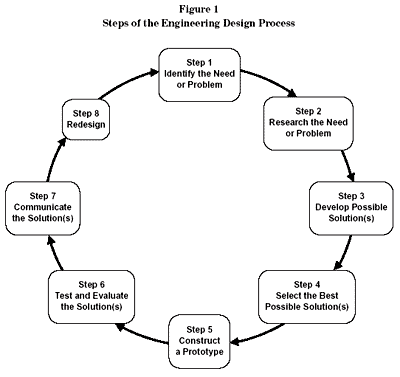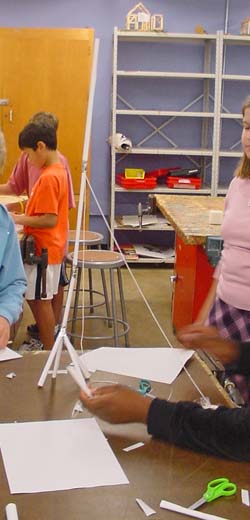Weston Middle School
Technology/Engineering Course Materials
"Science tries to understand the natural world. Based on the knowledge that scientists develop, the goal of engineering is to solve practical problems through the development or use of technologies. For example, the planning, designing, and construction of the Central Artery Tunnel project in Boston (commonly referred to as the "Big Dig") is a complex and technologically challenging project that draws on knowledge of earth science, physics, and construction and transportation technologies.
Technology/engineering works in conjunction with science to expand our capacity to understand the world. For example, scientists and engineers apply scientific knowledge of light to develop lasers and fiber optic technologies and other technologies in medical imaging. They also apply this scientific knowledge to develop such modern communications technologies as telephones, fax machines, and electronic mail.
Although the term technology is often used by itself to describe the educational
application of computers in a classroom, instructional technology is a
subset of the much broader field of technology. While important, computers
and instructional tools that use computers are only a few of the many
technological innovations in use today.
Technologies developed through engineering include the systems that provide
our houses with water and heat; roads, bridges, tunnels, and the cars
that we drive; airplanes and spacecraft; cellular phones, televisions,
and computers; many of today's children's toys; and systems that create
special effects in movies. Each of these came about as the result of recognizing
a need or problem and creating a technological solution.
Figure 1 below shows the steps of the engineering design process. Beginning in the early grades and continuing through high school, students carry out this design process in ever more sophisticated ways. As they gain more experience and knowledge, they are able to draw on other disciplines, especially mathematics and science, to understand and solve problems..."

